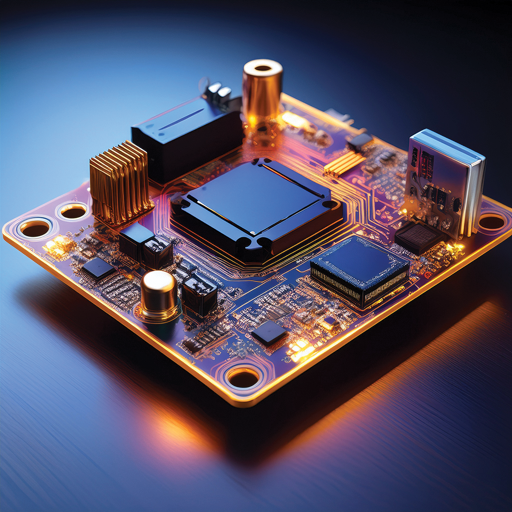Understanding Arduino Board Devices: An Introduction to Open-Source Electronics

Arduino boards have revolutionized the world of electronics and prototyping by providing an accessible and versatile platform for hobbyists, educators, and professionals alike. These open-source microcontroller boards allow users to create a wide range of interactive projects, from simple LED blinkers to complex automation systems.
What is an Arduino Board?
At its core, an Arduino board is a microcontroller-based development board designed to simplify the process of working with electronics. It typically features an Atmel (now Microchip) AVR microcontroller, digital and analog input/output pins, power supply options, and communication interfaces. The board can be programmed using the Arduino Integrated Development Environment (IDE), which supports a simplified version of C++ programming, making it approachable even for beginners.
Popular Arduino Board Devices
There are many variants of Arduino boards tailored for different applications:
- Arduino UnoThe most popular and widely used Arduino board, the Uno features the ATmega32-microcontroller. It has digital input/output pins (6 can be used as PWM outputs), 6 analog inputs, and operates at 5V. It is ideal for beginners and general-purpose projects.
- Arduino Mega 2560Designed for more complex projects requiring a larger number of input/output pins and more memory. It features an ATmega25-microcontroller with digital I/O pins and analog inputs, suitable for robotics, printing, and automation.
- Arduino NanoA compact version of the Uno, the Nano fits into small projects and breadboard layouts. It is very portable and has the same microcontroller as the Uno.
- Arduino LeonardoUnique for its integrated USB communication, allowing it to act as a keyboard or mouse when connected to a computer.
- Arduino DueWith a 32-bit ARM Cortex-M3 processor, it offers higher processing power and more memory, suitable for advanced projects.
- Arduino MKR SeriesDesigned primarily for IoT applications, boards like the MKR10or MKR WiFi 10include Wi-Fi and Bluetooth connectivity, as well as low power consumption features.
Key Features of Arduino Boards
- Ease of Use: The Arduino language and IDE simplify coding and uploading programs.
- Open Source: Hardware designs and software libraries are open source, encouraging community-driven improvements.
- Versatile I/O: Boards come with digital and analog pins that support a multitude of sensors, actuators, and other components.
- Community Support: A robust global community offers tutorials, libraries, and project ideas.
- Expandable: Shields and modules allow users to extend functionality with GPS, Ethernet, motor controllers, and more.
Applications of Arduino Boards
- Education: Teaching programming, electronics, and robotics in classrooms.
- Prototyping: Rapid development of electronics projects without designing custom PCBs.
- Home Automation: Smart lighting, security systems, and environmental controls.
- Robotics: Controlling motors, sensors, and communication devices.
- Art Installations: Interactive art and light displays.
- IoT Devices: Networked sensors and controllers for data gathering and remote control.
Arduino boards have democratized electronics and programming, making them accessible to learners and professionals worldwide. With a wide range of devices tailored for different needs, Arduino remains a powerful tool for innovation, creativity, and learning in the digital age. Whether you're a student just starting out or an engineer prototyping a complex device, Arduino boards offer an excellent starting point to bring your ideas to life.

